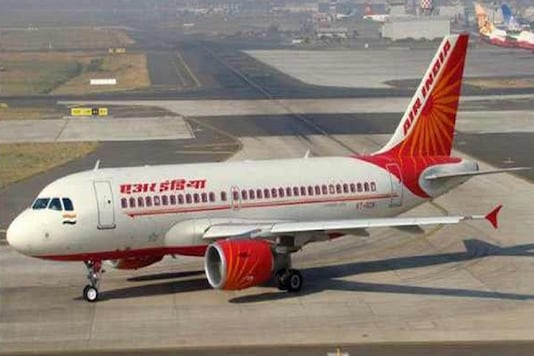It was late 2017 when a top Narendra Modi government minister began persuading one of India’s top industrial houses, the Tata Group, to come forward and bid for the loss laden Air India (AI). Air India had originally been a Tata airline and who better than the Tatas to fly it again? At that time, the government had just begun talking of divesting the airline and had started chalking out bid conditions. Air India selloff has always been a big deal and we were told then that only the muscular, no-nonsense Modi government could achieve this seemingly impossible task. The AI disinvestment would be a sale to beat all previous sales.
A few months later, the terms of the sale were announced: 76% in AI and its low-cost international arm AI Express along with 50% in ground handling arm AI SATS. It was obvious that the government wanted to retain 24% shareholding. Also, the buyer would have to shoulder the entire debt on the airline’s books and there was little clarity on manpower issues. The bidding process started in 2018 but by May, when the EOI deadline arrived, not one bidder had come forward and the entire sale process bombed. The hectic rounds of persuasion between the government and the top business house before the sale commenced had come to nothing.
Prospective bidders let it be known that they were cut up about the government retaining a toehold in the airline even after the so-called disinvestment. They were totally against shouldering the huge debt pile and thought the terms of the deal were one-sided. Besides, at that time the airline’s enterprise value was seen upwards of Rs 25,000 crore — this is what the government was expecting anyway.
Three years and many changes later, the government has again started the process for selling off AI. This time, all of the airline is on the block, the enterprise value has to be discovered through the bidding process and only 15% of the EV has to be paid upfront by the winner. After the deadline for Expressions of Interest (EoI) expired Monday evening, the government said multiple EoIs have been received.
Of these, two prospective bidders are known: the Tata Group and a consortium of AI employees together with US-based Interups group. At least one more bidder is believed to have come forward — the promoter of a budget airline who wants to scale up presence in the business and may already have a financial backer. Another infrastructure major, which was believed to have initially shown interest in AI, has not submitted any EoI. In any case, multiple people in the know have confirmed that AI will likely land in the lap of the Tata group. A Tata spokesperson declined to comment.
If the Tatas are to take control of AI now, what stopped them from buying out the airline last time? A person close to developments indicated that the long wait has been worth it for the group. One, terms of the sale have gradually been softened so that now the buyer would get complete control, will not have to shoulder the entire debt pile and will be required to shell out just 15% of the EV upfront. This person said that the general understanding is the airline’s EV would not be over the Rs 10,000 crore mark, which is a climb down of almost two-and-a-half times from what was being projected in the first selloff attempt by the Modi government. This also means that the upfront payment will be a fraction of what any successful bidder would have been expected to pay in the last bid process.
The person quoted above said now, the priority of the government is to get rid of the cash guzzling airline – even if at a much lower valuation – since it does not want to pump in more money into AI. The airline’s finances have anyway worsened due to the Covid-19 shock. Debt on its books as of March 31, 2019 was nearly Rs 60,000 crore, of which only a third was backed by assets. In 2019-20, the airline made a loss of nearly Rs 8,000 crore so this would get added to the accumulated losses, which were over Rs 62,000 crore till March 2019. AI is yet to declare results for FY20.
The pandemic has already made the airline business unsustainable with unforeseen losses for all airlines in the country. Air India, which has tried to buck this trend by participating in Vande Bharat flights and launching new international destinations under the bubble arrangement, has also been hit hard. The airline may post record losses yet again and its debt pile may bulge further if disinvestment were to be delayed further. Civil Aviation minister Hardeep Puri has said repeatedly that the airline will be shut down if it is unable to sustain itself.
With all these exigencies, it is clear that the government is desperate to get rid of AI and the most likely buyer, Tata Group, has been wise to wait it out for so long. Another person pointed out that the stated objective of the Tata group – which already owns majority stakes in full-service airline Vistara and LCC AirAsia India – is to scale up its presence in the airline business. If it succeeds in taking on AI, the group will get access to a much larger fleet of aircraft, precious international airport slots and flying rights alongside a hub-and-spoke model for domestic and international operations.
The first person quoted above said that the Tatas will likely bid through AirAsia India, since Singapore Airlines (which owns 49% in Vistara) may not be comfortable with Vistara being used for the purpose. The next important date in the divestment process will be January 5, when the government will announce the shortlisted bidders.

